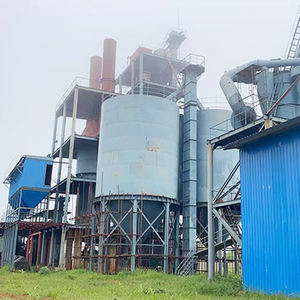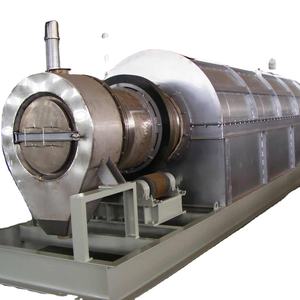Operating heavy machinery represents a significant capability within industrial, construction, and resource sectors, demanding far more than simply the physical ability to manipulate controls. True competence encompasses a profound understanding of the equipment, rigorous safety protocols, environmental awareness, and a disciplined operational mindset. While the physical act of driving or maneuvering such equipment is a foundational skill, it is merely the tip of the iceberg regarding responsible and effective operation.
(Can Drive Heavy Machinery)
The initial step beyond basic mobility involves comprehensive pre-operational checks. A competent operator meticulously inspects the machine according to the manufacturer’s guidelines and site-specific requirements. This includes verifying fluid levels (engine oil, hydraulic fluid, coolant, fuel), checking tire pressure or track tension, examining structural integrity for damage or cracks, testing all safety features (lights, horns, backup alarms, seat belts, fire extinguishers), and ensuring controls function correctly. Neglecting this critical routine invites catastrophic failure, potentially endangering personnel, causing substantial equipment damage, and incurring costly project delays. Recognizing abnormal sounds, vibrations, or leaks during these checks or while operating is equally vital, prompting immediate shutdown and reporting to prevent escalation into major breakdowns.
Operating the machine effectively extends beyond basic forward and reverse movement. Proficiency requires mastering complex control systems, often involving multiple joysticks, pedals, and levers working in concert. Smooth, precise movements are paramount for safety and efficiency, especially when working near personnel, structures, or other equipment. Operators must possess exceptional spatial awareness, understanding the machine’s full dimensions, swing radius, and blind spots. Utilizing mirrors effectively and relying on trained spotters when visibility is compromised are non-negotiable safety practices. Furthermore, understanding the machine’s specific capabilities and limitations under varying load conditions and on different terrains (slopes, soft ground, confined spaces) is essential to prevent tip-overs, rollovers, or structural overloading.
Safety is the absolute cornerstone of heavy machinery operation. This transcends personal protective equipment (PPE) like hard hats, safety glasses, high-visibility vests, and steel-toed boots. It demands constant vigilance and situational awareness – actively scanning the work area for hazards, anticipating the actions of others, and maintaining clear communication. Strict adherence to established site safety rules, lockout-tagout procedures during maintenance, and understanding emergency shutdown protocols are mandatory. The operator bears ultimate responsibility for the safe movement and function of the machine, requiring sound judgment to cease operations immediately if conditions become unsafe, such as during severe weather, poor visibility, or encountering unexpected underground utilities.
Environmental consciousness is increasingly integral. Operators must minimize environmental impact by preventing fluid leaks, managing dust emissions where possible, avoiding sensitive ecological areas, and adhering to noise abatement procedures, especially near residential zones. Efficient operation, such as minimizing unnecessary idling and optimizing travel paths, also contributes to reduced fuel consumption and lower emissions, aligning with sustainability goals and often reducing operational costs.
Finally, the modern operator interfaces with increasingly sophisticated technology. Understanding basic machine diagnostics displayed on instrument panels allows for proactive maintenance reporting. Familiarity with GPS guidance systems, grade control technology, or payload monitoring systems enhances precision and productivity. While specialized technicians handle complex repairs, the operator serves as the first line of defense in identifying potential issues through attentive operation and accurate reporting of malfunctions or performance deviations.
(Can Drive Heavy Machinery)
In conclusion, the capability to drive heavy machinery is a significant responsibility demanding a multifaceted skillset. It requires technical knowledge of the equipment, unwavering commitment to safety protocols, environmental stewardship, mechanical sympathy, and advanced operational judgment. True competence transforms the operator from a mere driver into a vital, safety-conscious professional integral to the efficient, productive, and incident-free execution of demanding industrial tasks. This role is critical to project success, workplace safety, and the responsible utilization of powerful industrial assets.


